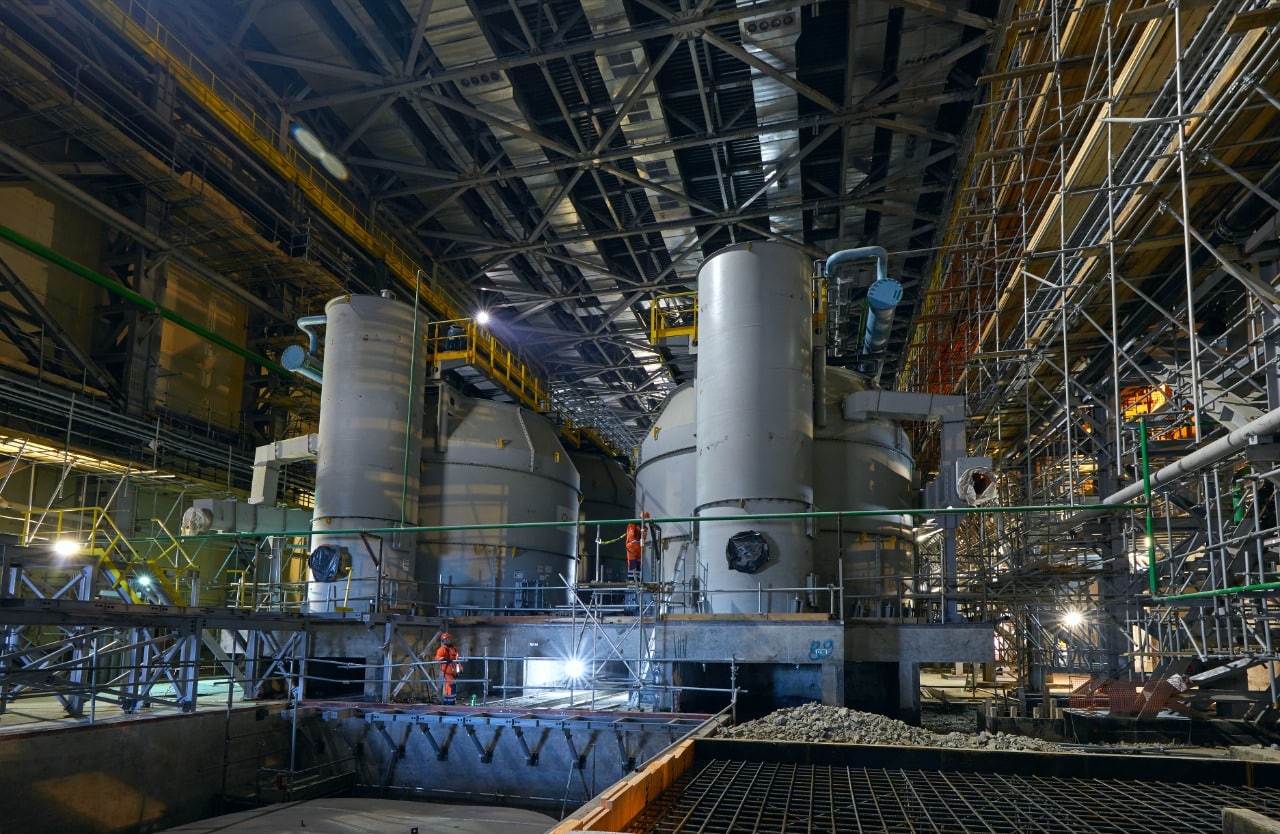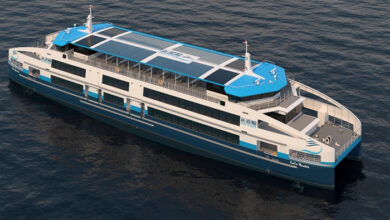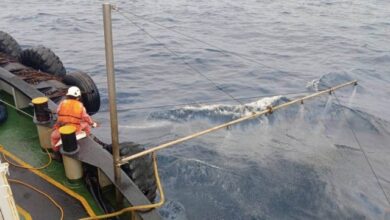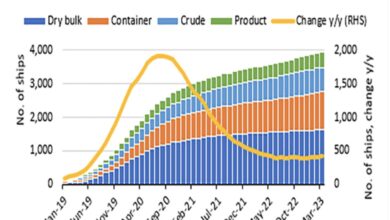
By : Nadir Mumtaz (Maritime Analyst)

USM Holding 49 % of which is owned by the Russian and Uzbek billionaire Alisher Usmanov commenced construction phase work at Udokan mine after obtaining licenses in the year 2008.
The mine is scheduled to become operational in the year 2023 . Located in Eastern Siberia between Lake Baikal in the west and the Pacific Ocean in the east the mine is the largest copper mine in Russia and the third largest copper greenfield mine in the world with approximately 26.7 m tons of reserves.

Logistical challenges include expansion of the airport capacity, developing road and railway infrastructure in a mountainous terrain essential to ensure efficient transportation of copper to Russia’s Pacific seaports.
The Udokan Copper mine is 2,000 kilometres closer to Tokyo than to Moscow and plans are in place to transport copper blister , copper cathodes and copper condensates by rail to the Chinese border or Russian ports on the Sea of Japan.
The primary marketing focus is on China, India and Asia Pacific due to the Baikal Amur railway line and proximity to China
Overseas Mines
Invariable large ships transport copper concentrates from overseas mines. The copper concentrates are unloaded through massive unloaders at berths from where the ore is transferred to storage yards for sorting and storage, quality categorization and then transfer to a flash smelting furnace.

Copper Carrier Vessels
Dimensions of a large ore carrier typically are an LOA of 340 m, breadth 60 m, draught 21 m, deadweight tonnage 323,000 mt .Ships designated as ore carriers are strengthened by class standards.
These carriers are stiffer due to the high density of ore cargoes. The spectrum of copper carriers ranges from small bulk vessels to Very Large Ore Carrier or Ultra Large Ore Carrier. On long hauls bulk carrier class above 200,000 dwt are designed to carry copper or iron ore.
Hazards of Copper Transport
Incidents have occurred where copper concentrate liquefied and in rough weather the vessel capsized. At times excessive listing takes place as ore carriers are susceptible to payload shifts during times of rolling seas.
Ports that accommodate Copper Carriers
Due to the size of the copper carriers only certain ports possess the infrastructure to accommodate such vessel size.
In the South American continent notable large and medium scale ports in Chile , a significant copper producing country, regularly transport copper cathode and copper concentrates from its ports namely Antofagasta, Mejillones, Iquique, Arica and Patache.
A typical ship at Port Coloso of Chile can load upto 55,000 tons of copper concentrate through an onshore extendable shoot directly into a ships hold in three days.
Another mechanism is usage of Ram Revolving containers which empty through onshore cranes directly into a ships hold, with minimum dust release, and the hold being nebulized. The loading rate is 1000 tonnes per hour.
In the African continent the Port of Beira introduced bulk loading of copper ore from landlocked countries of South Africa in the year 2021 after the crisis in the container supply transport.
The Port of Beira reverted to bulk transport of copper cathodes after almost two decades. Around 15,000 million tons of copper cathodes were loaded in six to seven days while the ship was docked.
Export Potential through Seaports
Udokan, Russia’s largest copper mine, is scheduled to commence exports in the year 2023. In the initial production stage Udokan plans to produce 135,000 tons of copper annually and increase output to 400,000 tons for exports annually.
There are 67 seaports in Russia located on 12 seas extending from the Black and Baltic Sea to the Pacific and Northern basins. Most of Russian oil, coal and other goods are transported through its seaports.
The transport and logistics hubs of the Far Eastern region and end point of the East-West transport corridor are the ports of Vostochny, Vanino, Nakhodka and Vladivostok.
Copper Role in Green Energy Development
Global copper demand will reach 50 million metric tons by 2035 as the world moves towards zero green house gas emission targets. Because of its role in green energy developments copper is recognized as the metal of the future. Demand is expected to reach peaks during the green transition phase.

Udokan Copper Minimizes Carbon Footprint
Although UN Global Compact participants are operating business entities Udokan Copper took the decision to join the UN initiative in its construction stage.
The project has adopted best global practices in environmental carbon sequestration for minimizing carbon footprint . It actively sponsored social initiatives spending over $24 million .
From a business vantage being part of the UN Global Compact will pay dividends. The publicly stated position of the company management is that the company gains in repute and acquires global business connections and extended networking enabling participation in UN global projects.
Such a sustainable approach is a pre requisite to compete and be quoted on international exchanges , commodities markets and accessing financial and capital markets .

Sanctions
The extensive Western sanctions on Russia has partly hindered the project as the intended supply market is mainly Asia with China consuming the major share. The management claims that the mine was not impacted by sanctions as the necessary equipment for the mine was already supplied and operationalized.
Given the prominence of copper as a metal globally the company is confident that it will manage to overcome and ride out sanctions .
The production , export and transportation of copper from the mine to destinations worldwide will be a commercial , regular and huge maritime exercise involving diverse logistical modes of transport and ancillary and related business and maritime stakeholders across borders.
References :
https://bulkcarrierguide.com/copper-concentrate.html
https://bulkcarrierguide.com/types-of-ship.html
https://www.sciencedirect.com/topics/engineering/ore-carriers
https://transportgeography.org/contents/chapter5/maritime-transportation/vessel-size-groups/
https://pittoship.com/videos/codelco-copper-loading/
https://www.rbth.com/travel/333689-russia-biggest-port-cities
https://iopscience.iop.org/article/10.1088/1755-1315/666/6/062040/pdf
https://www.mining.com/russias-largest-new-copper-deposit-to-be-developed-under-un-global-compact-guidelines/













